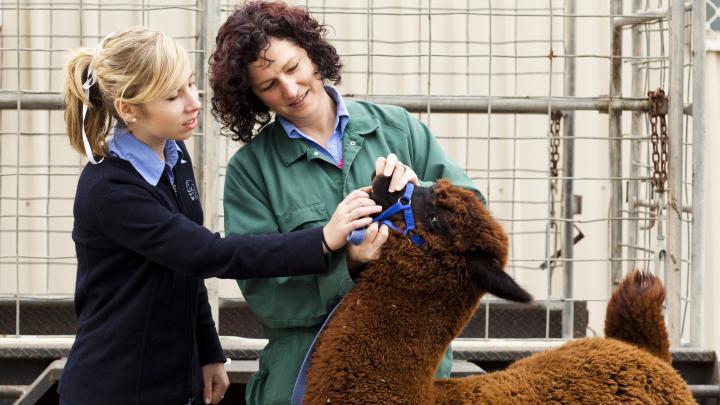
What is an Australian Apprenticeship?
Australian Apprenticeships (often referred to as apprenticeships or traineeships) are a great way to earn an income while learning new skills. They are available to anyone of working age (15-64 years). They enable you to combine work with study and are available in over 500 different occupations.
What are the benefits of apprenticeships or traineeships?
As an Australian Apprentice you can:
- earn an income while you study
- gain hands-on work experience
- get a nationally recognised qualification that is held in high regard in many overseas countries
- be debt free (no HECS-HELP or FEE-HELP debt).
You can even begin your Australian Apprenticeship while you're still at school, through an Australian School-based Apprenticeship.
How much does it pay?
Australian Apprentices are usually employed under a federal or state award or agreement. Your wage depends on your year of training, the type of Australian Apprenticeship you are doing and your industry or occupation. You will have the same rights to superannuation, workers’ compensation and other entitlements as all other workers in Australia.
What kind of jobs do apprenticeships and traineeships cover?
You can undertake an Australian Apprenticeship in many different occupations. From traditional trades like plumbing and carpentry right through to traineeships in business administration and warehousing.
More than 500 occupations are available as Australian Apprenticeships. These are available in a variety of certificate levels, so chances are there’ll be one that matches your interests.
How long does an Australian Apprenticeship take?
- An Australian Apprenticeship can take from one to four years to complete. This depends on whether it is an apprenticeship or traineeship and the specific qualification.
- Australian Apprenticeships are ‘competency based’ which means you can complete your training sooner if you get to the required skill levels more quickly than usual.
- You may be granted course credits for prior workplace experience or skills you already have. This can potentially reduce your formal training time.
- Training pathways and durations are set by state or territory governments in consultation with industry.
Real stories: Jordan and Taylar
Watch Jordan’s story on how a hobby led him to his apprenticeship. Watch now!
Taylar didn't know what a traineeship was when she left school, but once she found out more, she started one and never looked back! Watch her story!
Need more information?
Check out the Apprenticeships and traineeships video from the Fair Work Ombudsman.




